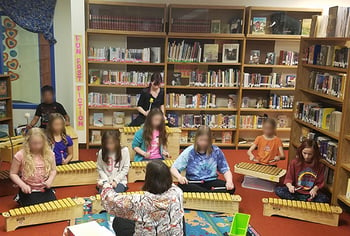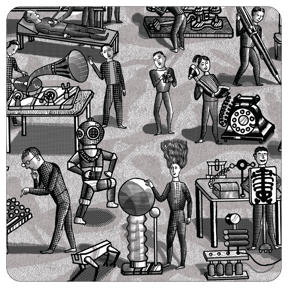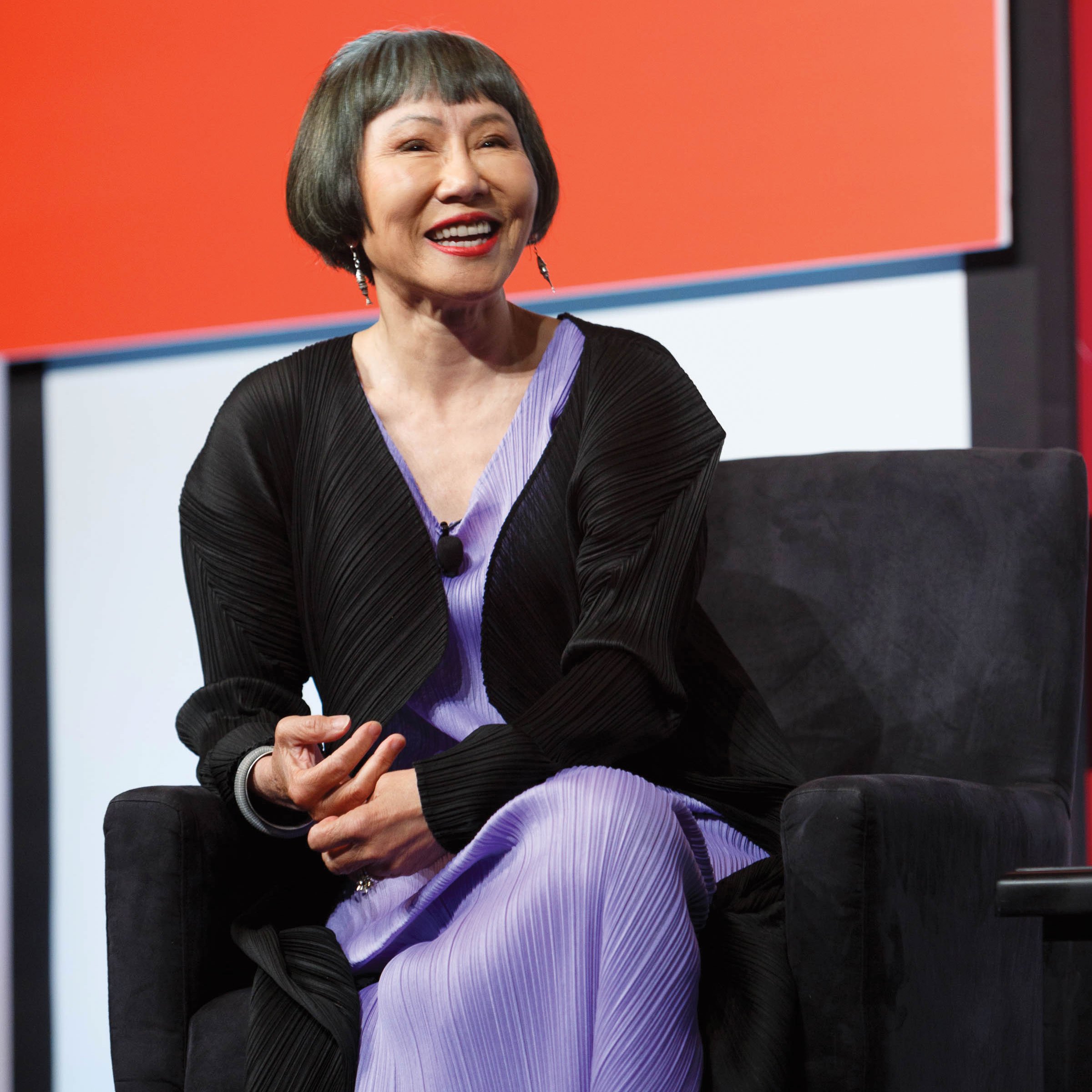For an Indigenous Educator, the Month of November Is Complicated
Editor’s note: At Gibbs Smith Education, we are determined to amplify all voices and continue the work we do with inclusive and well-researched teaching and learning materials. We want to highlight the many perspectives, backgrounds, and viewpoints that give our history depth and understanding. We aim to share writing and resources from educators and historians from all walks of life to facilitate discussion and dialogue about social studies education in the United States.
This month, we are sharing an essay by Kristi (Mingqun) McEwen, a retired music educator in Fairbanks, Alaska. Her writing discusses the shortcomings of Native American Heritage Month, and she offers resources and questions that will help amplify the teaching of Indigenous history in the United States outside of the colonial framework.
My name is Mingqun, and my English name is Kristi McEwen. I am Yup’ik, originally from Mamterilleq, also known as Bethel, Alaska. I am a dual citizen of the Orutsararmiut Native Tribe and the United States. My family makes our home on the ancestral lands of the Tanana Khwt’ana in Alaska. I respectfully speak from my experience, as an Indigenous educator, parent, and Tribal citizen.

As an Indigenous educator, I was never so popular and busy as I was in November. Like many of my Indigenous colleagues, I responded to emails, phone calls, and last-minute requests to help with Native American Heritage Month. There is an urgency to foster interest in Indigenous Peoples because Indigenous students and families deserve representation in schools, and everywhere, every day.
Indigenous educators have a personal investment in ensuring the activities and lessons for Native American Heritage Month appropriately and accurately represent Indigenous Peoples, because we were once Indigenous children in the same school systems. We want Indigenous students to feel uplifted, visible, and affirmed. However, Native American Heritage Month is when educators grapple with the most pervasive and insidious facets of colonialism—resistance, marginalization, and erasure—hidden behind good intentions.
Critical examinations of how Native American Heritage Month (NAHM) can and should be better are often met with resistance. This resistance is revealed when traditional narratives, like the myth of The First Thanksgiving, are challenged with more relevant and accurate narratives of Indigenous Peoples. Not to be seen as a relic of the past and helper to the colonizer, but to recognize Indigenous Peoples as we’ve always been: citizens of sovereign political Nations with autonomy and self-determination.
Throughout the public school system—in curricula, children’s literature, lessons, and activities—false narratives and biased representations of Indigenous People are still pervasive. Unfortunately, these narratives continue to appear on bulletin boards, in display cases, and at public events. What is on display and showcased, however, is the often lack of knowledge about Indigenous Peoples. What is being celebrated, in fact, is colonialism. The consequence of this type of celebration is the further marginalization of Indigenous students.
As the month wanes—bulletin boards are taken down, display cases changed—the end of NAHM magnifies and replicates the systemic erasure of Indigenous Peoples throughout curricula and schools. The performative nature of the month becomes stark against the absence of it. While there are strong efforts to be more accurate and representative during NAHM, if relegated to only one month, is it truly inclusive? Against this backdrop, NAHM risks becoming a brief reminder that Indigenous People are still here.
It can be challenging, and even uncomfortable, to reflect on and examine how educational practice may uphold colonialism; however, this indicator of growth can be an essential first step in developing culturally sustaining pedagogies. Educators can develop the knowledge and skills to identify, disrupt, and remedy the ongoing colonialism and marginalization of Indigenous Peoples in our schools. It is possible to move beyond celebrations of diversity and multiculturalism toward a lasting and meaningful impact on mainstream perspectives and understandings of Indigenous Peoples.
The response to something as embedded as colonialism requires a nuanced understanding, a well-informed approach, and an ongoing commitment to deeper learning and listening, followed by action. Most importantly, it requires focus and attention all year long. Not only in November.
Beginning strategies may be guided by critical questions:
- Is this lesson portraying stereotypical communities or cultures?
- Who is benefitting from or being served by this narrative? Whose perspective is left out of this narrative?
- Whose voices and perspectives are valued or diminished?
- Who is portrayed as the hero, villain, or victim?
- Are Indigenous Peoples referred to in the past or present tense?
- Are specific Tribal Peoples identified?
- How does my discomfort around certain topics serve to inform me?
- What deeper, meaningful, and enduring learning is reinforced by this lesson?
- Is this lesson transformative? How?
- How are Indigenous students provided the opportunity to exercise agency in classrooms, schools, and beyond?
- Learn, teach, and use Indigenous place names. See The Decolonial Atlas.
- Learn whose Indigenous homelands you occupy – we are on Native land. An excellent resource can be found at Whose Land?
- Indigenous Peoples are unique and diverse. Identify the specific Tribe using the Tribe’s own name.
- Read, share, and promote books about Indigenous Peoples written by Indigenous authors. American Indians in Children’s Literature is dedicated to uplifting Indigenous authored books for children.
- Learn and teach about how Indigenous artists use their medium as an act of resistance to erasure and colonialism.
- Recognize, accept, and promote Indigenous perspectives as valid, relevant, and diverse. We are the experts of our own experience.
- Learn the harms of cultural appropriation.
- Learn about Indigenous joy and brilliance.
- Teach truthful and honest histories.
- Learn and teach about how Tribes are sovereign governments and nations. See Tribal Nations of the United States: An Introduction for an introduction guide.
Imagine what is possible when students see themselves accurately reflected in literature, when students feel seen and affirmed as Tribal citizens with vibrant and thriving cultures, or when families feel visible and valued as part of the school community. Why should this only last one month? Expanding awareness and knowledge of Indigenous Peoples develops an understanding of the strengths and needs of Indigenous students. This understanding can transform educational practice for the empowerment of all students, Indigenous students and non-Indigenous students alike.
Indigenous Peoples are more than our traditions and arts. We are governments and nations. We are sovereign Peoples. We have endured colonialism, assimilation, and genocide, and we have resisted those campaigns with brilliance. We are alive and thriving. We are Indigenous every day. We are still here.
 Exploring Time and Place, Maryland Edition (Grade 3)
Exploring Time and Place, Maryland Edition (Grade 3)
Voices is an ethnic studies resource that examines the experiences and contributions of Indigenous, Black, Latino, Pacific Islander, and Asian Americans. Students will learn the terms and tools they need to analyze the impacts of race and ethnicity in US history and the present day.



